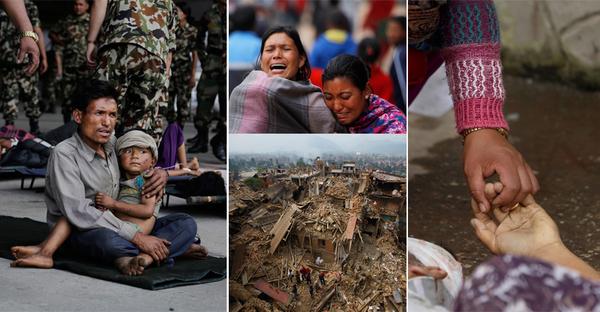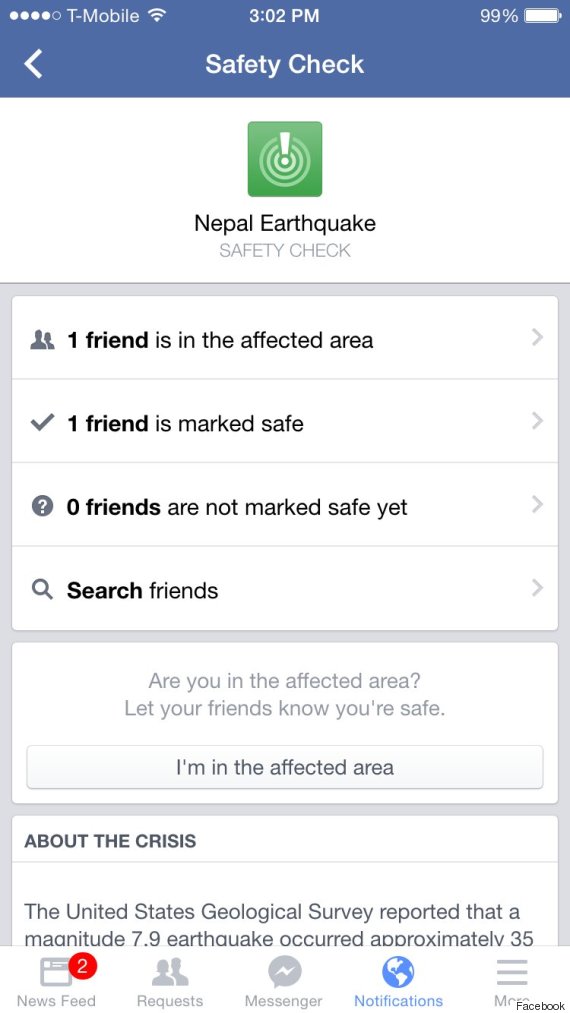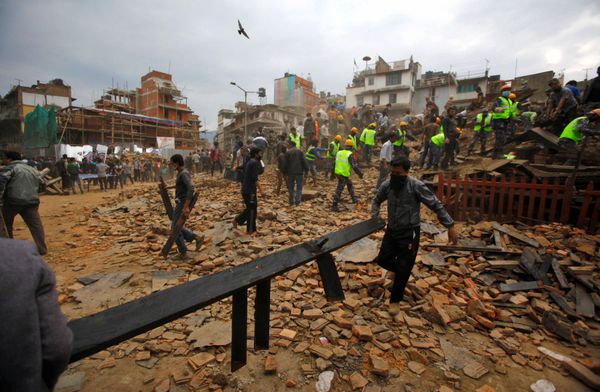Did You Know That You Can Use Your Computer To Help Nepal Earthquake Victims? Here's How
It's possible for anyone with a computer and an Internet connection to help with the ongoing relief efforts in Nepal. We list down ways you can do that.
By now you already know that back-to-back massive earthquakes rocked Nepal during the weekend that left this small South Asian country and its people completely devastated. At the time of writing this story, the official death toll, according to Ministry of Home Affairs, has crossed 4,260 with more than 7,590 people injured!
As search and rescue teams scour the rubble in Nepal, and help pours in from all around the world, a global digital humanitarian effort has swung into action. The Internet is coming together to help in crowd-sourcing efforts to map the disaster, and find the victims.
1. Use the tracing service deployed by the International Committee of the Red Cross. It allows anyone to search for missing relatives or to report that they are alive.
2. On Saturday, Facebook activated its Safety Check. It's a service that notifies you if any of your friends are in one of the areas affected by the earthquake, and asks whether you want to check on them. It allows you to mark them safe if you know they're OK.
3. There's also Google's Person Finder. It's a crowdsourced database that allows anyone to report the names of people who may be missing using either a computer or mobile phone. The platform was tracking about 6,400 names as of Tuesday morning.
4. Use the Humanitarian Digital Exchange platform. It was launched last summer by the UN Office for the Coordination of Human Affairs with the goal of enabling humanitarian agencies to upload, analyse, and share data that can sharpen their ability to target relief efforts.
So far the exchange has logged 28 sets of data about Nepal, including information about education facilities in the Kathmandu Valley, roads, health and educational facilities, rivers and local governmental units.






